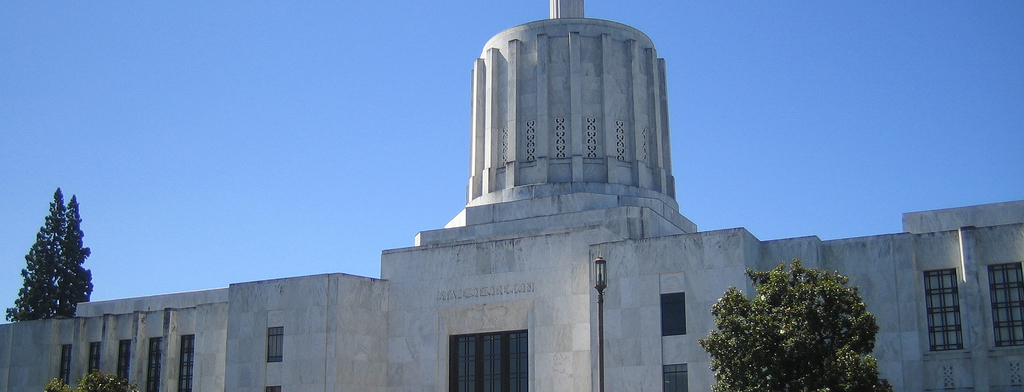
How cleaner fuels will benefit all Oregonians
Liz Hardee, The Climate Trust
As published by Sustainable Business Oregon – January 27, 2015
Since publication, the Oregon Clean Fuels Program has been signed into law by Oregon Governor Kate Brown
When the Oregon State Legislature reconvenes in February, it has the chance to lift the sunset on an innovative program which is only the second of its kind in the nation: the Oregon Clean Fuels Program.
The Clean Fuels Program is intended to reduce the carbon content of transportation fuels used in the state, and it does so by establishing a market not unlike that of a cap-and-trade program. Fossil fuel producers and importers are required to reduce the carbon intensity of their fuels by 10% in ten years; they can do so by blending lower-carbon alternatives, like ethanol or biogas, into their fuel supplies.
The producers of the low-carbon alternative fuels are also able to produce “credits” for being below the carbon level set by the standard; credits which can then be sold to any traditional supplier that does not meet their target each year. The “polluter pays” principal holds true here; traditional producers who fail to meet their targets are, in effect, incentivizing their competition.
The program benefits Oregonians in many ways. First and foremost, it reduces the pollution we create when we drive, which preserves the quality of the air we breathe. Cleaner air is healthier for everyone—particularly our elders and children—and one of the things that makes Oregon a great place to live, work and play outside.
Secondly, the program could incentivize innovative technologies for the production of low-carbon fuels. Dairies, for example, can install anaerobic digesters—large tanks capable of turning cow manure into a biofuel which can be used to meet the standard. In the long term, these types of technologies can save consumers money on fuels and give them a broader array of fuel choices at the pump.
In California, where the Low Carbon Fuel Standard was the first program of this type, there have been reports that use of low carbon fuels is up, and that the state is on track to meet its carbon reduction target from transportation fuels. Moreover, the price of a gallon of gas has not been changed significantly by the program, which means this can all be done without having an adverse impact on drivers. Oregon’s Clean Fuels Program even improves upon its California counterpart by using a cost containment mechanism in case of gasoline price spikes.
The state’s Environmental Quality Commission has already approved the Clean Fuels Program; all that remains is to lift its sunset date of December 31, 2015 so that it can continue to be implemented after this year. If this happens, the Clean Fuels Program could be a benefit to Oregonians for years to come.